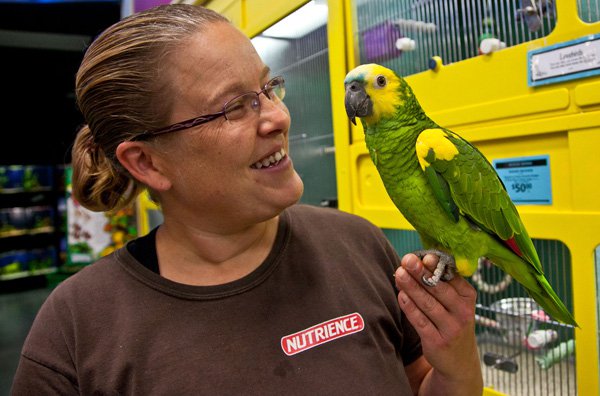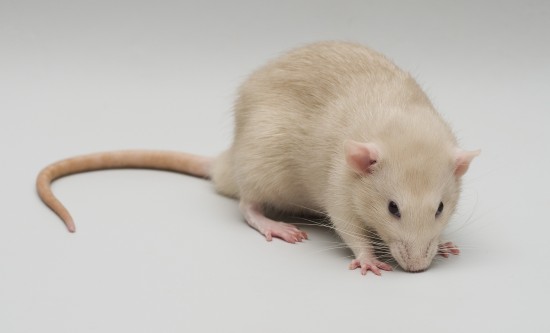
It is a terrible thing when you go out to your yard or garden and find a whole family of native songbirds killed by other aggressive birds. This is done so the aggressive birds can take over the nest or bird house. They uproot the family and destroy any eggs that they find. Two in particular who do this often, are the European Starling and the House Sparrow. Is there anything you can do about it? The answer is yes there is, we will talk about the passive and active measures that can be taken along with the benefits and drawbacks of each method. First we need to read a little history, to see how this problem started.
Both the European Starling and House (English) Sparrow were introduced to the United States between 1850 and 1870 from Europe. These aggressive birds who actively compete for nesting spots with our native birds, have spread north to cover most of Canada and south throughout most of Mexico. Because they are not native to North America they are not protected under the Landmark Migratory Bird Treaty Act which was enacted in 1918. This is important because of the stiff fines and penalties for tampering or impeding the daily activities of our feathered friends who are protected by this treaty. Thankfully the House Sparrow and European Starling are two of the three species not protected. The other is the common pigeon. Because of the laws protecting most species, it is important to be certain that you are dealing with European Starlings or House Sparrows. The following links are to biography s of each species to aid you in identification.
European Starling Bio http://www.birds.cornell.edu/nestinginfo/bios/sp_accts/eust
House Sparrow Bio http://www.birds.cornell.edu/nestinginfo/bios/sp_accts/hosp
Passive controls are not as effective as active controls but do help. These include keeping the entrance hole less than 1 and ½ inches in diameter. Continually removing nesting material before the nest is finished. Tampering with eggs by either shaking vigorously, freezing, boiling, or poking a small hole in the egg. Then returning the egg to the nest where the female will continue to incubate the dead eggs, thus leaving the other birds alone. Although these methods work for a while, eventually the birds will get wise and just start a new brood. Usually in a new location where there is the possibility of uprooting an existing nest. Active controls means to physically remove the birds from the area. Trapping is the preferred method over shooting or poisoning. Remember that most birds are protected and you don't want to kill an innocent bird. The traps that work the best are the in box trap, funnel trap, trio trap, and repeating (elevator) trap. Once you have caught your predator, you can either relocate or dispose of the unwanted bird. You can also take them to a local raptor rehabilitation center. There, these birds are fed to injured and recovering birds of prey.
The best way to ensure that you don't have a problem with these unwanted birds is continual monitoring of your area. Bird watching is a very popular hobby and can be very enjoyable. It is a lot of fun to watch your feathered friends carry out their daily business and raise their families. The music sounds great and this is a great activity to share with your children. You are sure to get a ton of enjoyment out of this great hobby.
 Five Universal Personality Traits Of The Chihuahua
Five Universal Pe
Five Universal Personality Traits Of The Chihuahua
Five Universal Pe
 How To Train A Dog
How To Train A Dog
Just about all pet dogs nee
How To Train A Dog
How To Train A Dog
Just about all pet dogs nee
 10 Ways To Stop Treats Tipping The Balance (minimising Weight Gain In Dogs & Puppies)
10 Ways To Stop T
10 Ways To Stop Treats Tipping The Balance (minimising Weight Gain In Dogs & Puppies)
10 Ways To Stop T
 Caring For A Havanese Dog
Caring For A Hava
Caring For A Havanese Dog
Caring For A Hava
 The Fancy Rat
The Fancy Rat
The Fancy Rat
The Fancy Rat
Copyright © 2005-2016 Pet Information All Rights Reserved
Contact us: www162date@outlook.com